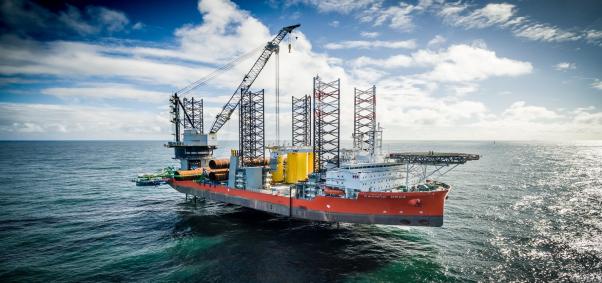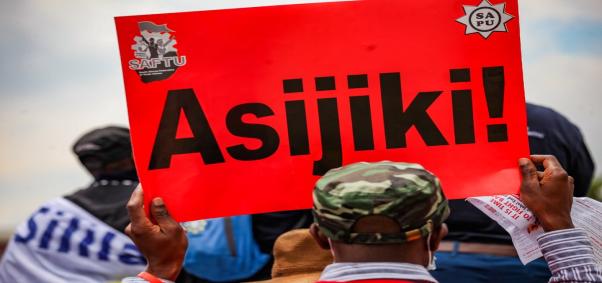
This article was published in USA Today on June 7, 2016.
Naina Lal Kidwai is a member of the Global Commission on the Economy and Climate, Chairman of Max Financial Services, and Chairman of FICCI Water Mission.
The United States and India are the two most populous democracies in the world and together account for more than one-fifth of global greenhouse gas emissions. Over the past few years, climate change and clean energy have emerged as central facets of our relationship.
Prime Minister Narendra Modi’s visit to Washington this week is an opportunity for him and President Obama to build on their collaborative efforts in those areas.
During Obama’s last trip to Delhi and Modi’s last trip to Washington, the two leaders launched a suite of new cooperative initiatives on climate and energy, from clean energy research, to climate risk tools, to air quality monitoring. While promising, many of these new projects could use a boost to get fully underway.
The two leaders spoke in person during the Paris climate negotiations and on the phone several times to help reach a constructive global deal. Now that India, the U.S., and 175 other countries have signed the Paris Agreement, we need to direct attention to turning these emerging cooperative initiatives to reality. The global climate depends on it.
Urban air pollution offers a good impetus for the two countries to work together. India desperately needs solutions for its pollution crisis, and the U.S. has technical know-how worth sharing. Each year, air pollution kills more than half a million people in India. The premature deaths associated with air pollution are estimated to cost more than 6% of GDP . In Delhi, it recently got so bad that doctors were prescribing that patients with severe respiratory problems simply move out of the city.
Last March, India launched its first National Air Quality Index, following the example of the US, China, and the European Union. The index, operating in 23 cities so far, monitors pollution and alerts residents when it reaches dangerous levels. One of the new joint initiatives announced when Obama visited India last year was that the EPA would bring India into its AIRNow-International monitoring program. Now is the time to move this agenda forward. Better information about air quality will help local responses, and can also be integrated into forward-looking national urban development agendas, such as the 100 Smart Cities Initiative. The EPA’s program could give urban planners the information and expertise they need to reverse the air pollution trend.
Energy is another area where the U.S. and India have a lot to learn from each other. Three hundred million Indians lack access to modern electricity. That’s equivalent to almost the entire population of the U.S.
Many thought that India would rely primarily on coal to meet this enormous demand. Instead, India is increasingly putting its faith in renewables. When Modi entered office, he dramatically increased the national goals for solar and wind, aiming for 175 GW of renewable power by 2022. This is extremely ambitious, more than double what the US currently has installed. All this new capacity is shifting the economics of energy options. Piyush Goyal, India’s energy minister, said in April that power from new solar plants is now cheaper than from coal plants.
The Indian government is also taking concrete steps that recognize the burden of coal on the wider economy and health of its people. Two years ago, the government’s tax on coal stood at less than $1 per tonne; in March 2016 the coal cess had reached almost $6. In comparison, OECD analysis has shown that coal is among the least taxed fossil fuel in the US. If India can tax coal and bet big on solar and wind when the stakes are so high, with hundreds of millions in want of energy, the U.S. can certainly increase its renewable ambitions.
Cooperation on clean energy research is an effective way to accelerate change. For example, a new international initiative called Mission Innovation has inspired a race to the top on innovation. Thirty countries, including the US and India, have pledged to double their investment in clean energy R&D by 2020. Separately, the U.S.-India Partnership to Advance Clean Energy program has been gradually expanding in scope and ambition. The two leaders will hopefully move forward and finalize the cooperative initiatives on climate they’ve announced over the past few years. Both countries should also promise to formally join the Paris Agreement this year. That's the next step in the process and would be a decisive signal to the global community to follow suit.
This week’s visit is an opportunity to solidify the steps that Obama and Modi have taken over the past few years and energize the relationship between the US and India. And if our two countries act decisively, a more sustainable and prosperous future is possible for us all.






